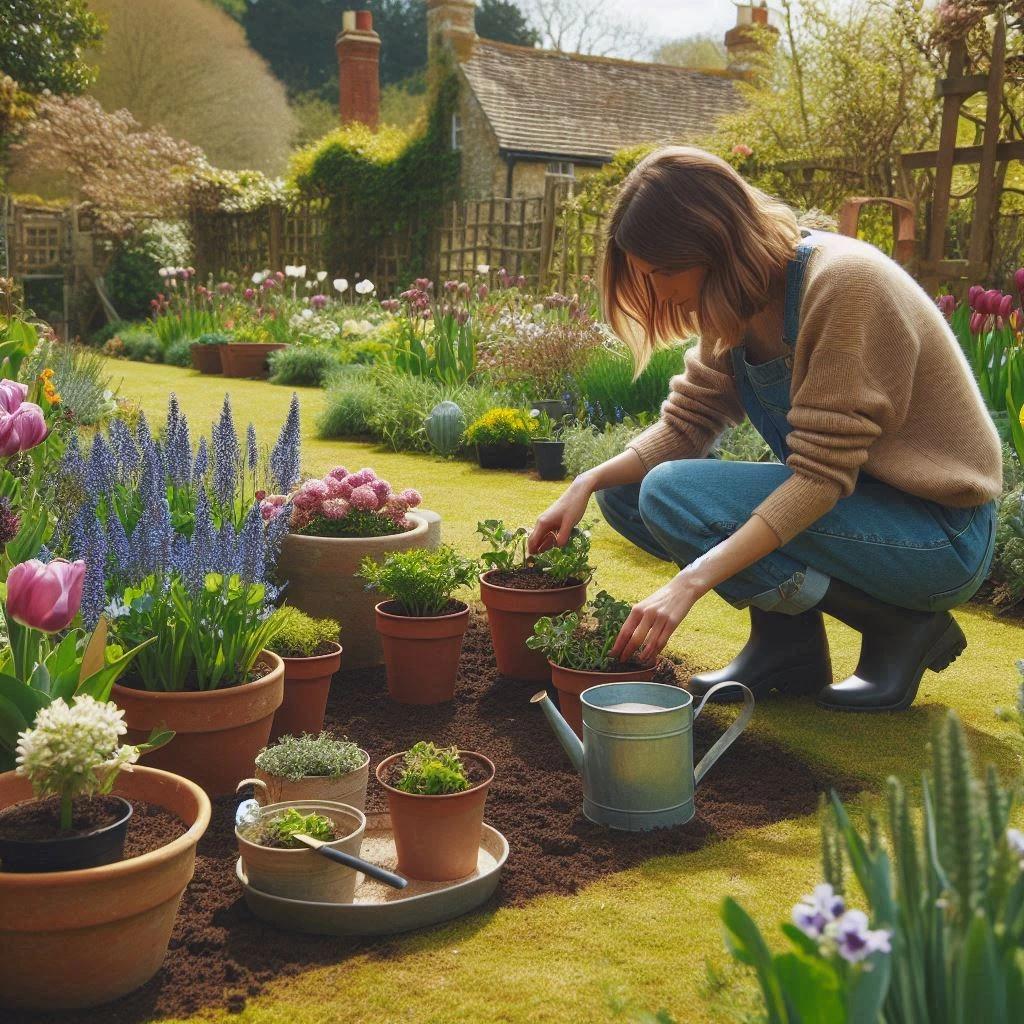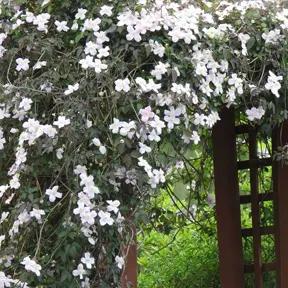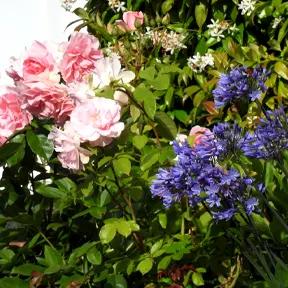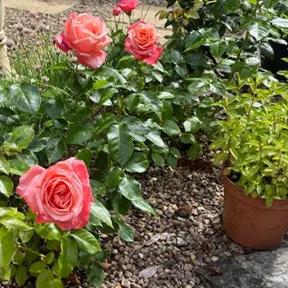Golden Hop Vines
Humulus lupulus Aureus
- Size/Spread: 6m x 6m
- Foliage: lime green
- Flowering: September
- Scent: light
- Position: full sun
- RHS Award of Garden Merit
Description
Humulus lupulus Aureus
It's likely you'll be growing golden hops for their big, beautiful, lobed leaves rather than for home brew. Although this is a cultivar of the plant that gives beer its characteristic bitterness. Give it a good sunny spot in humus-rich, fertile soil, with support, and it will romp away to cover a large fence, arbour or rose arch in just one season. You'll need to cut it back down to the ground in winter, then it'll start all over again in spring, its soft young shoots a real joy in the new season. The flowers are the hops, little sweetly scented cones (on female plants only) – pretty enough, but you'll need a fair few plants if you're considering joining the craft ale brigade… Take a look at some of the other climbers in our range.
Chasers and cocktails
The zingy spring foliage colour of golden hops looks stunning against a dark backdrop – a black painted fence for example, or combined with common ivy or an evergreen climber such as Lonicera halliana for a plant mixologist's dream. Do give it space, however, as it's a real grower, spreading up to 6m in a just season of growth.
Features
- Size/Spread: 6m x 6m
- Foliage: lime green to bright yellow
- Flowering: September
- Scent: light and sweet
- Position: full sun
- RHS Award of Garden Merit
'Ale & hearty
This tough, rough-stemmed climber may look like a vine, but technically it's not, as it twines clockwise around its support, rather than sending out tendrils or suckers. It's not the best variety for brewing, but its hops can be used in dried flower arrangements.
Planting Instructions
It's Summer Planting Season 2025

Pot Grown & Plug Plants Delivered

Direct from the Nursery Value

No more broken plants in the post!


 1.webp)
 1.webp)
 2.webp)




